Integrability to existing pathology workflows
The Ocus®20 integrates seamlessly into existing workflows, thanks to its compact size, durable construction, and streamlined user interface. Its design enables rapid setup, taking just 15 minutes from unboxing to full operation, minimizing disruption to ongoing lab activities. This ease of use extends to its operational capabilities, where the intuitive, browser-based interface allows for hassle-free scanning and image sharing without the need for additional software installations.
Furthermore, the Ocus®20 supports multiple image export options and is compatible with widely used whole slide image (WSI) formats, simplifying the integration into existing digital pathology ecosystems. Its secure remote connectivity feature enhances collaborative diagnostics by enabling users to control the scanner, view images, and collaborate with experts from any location, further integrating the scanner into telepathology networks.
Designed with minimal maintenance requirements and a small footprint, the Ocus®20 does not just fit into physical spaces within labs easily but also adapts to the operational flow, ensuring that labs can maximize their efficiency without the need for extensive reconfiguration of their existing setup. This adaptability, combined with the scanner's cost-effectiveness and high-quality imaging capabilities, makes it an ideal choice for labs looking to transition into digital pathology or expand their current capabilities with minimal overhead.






